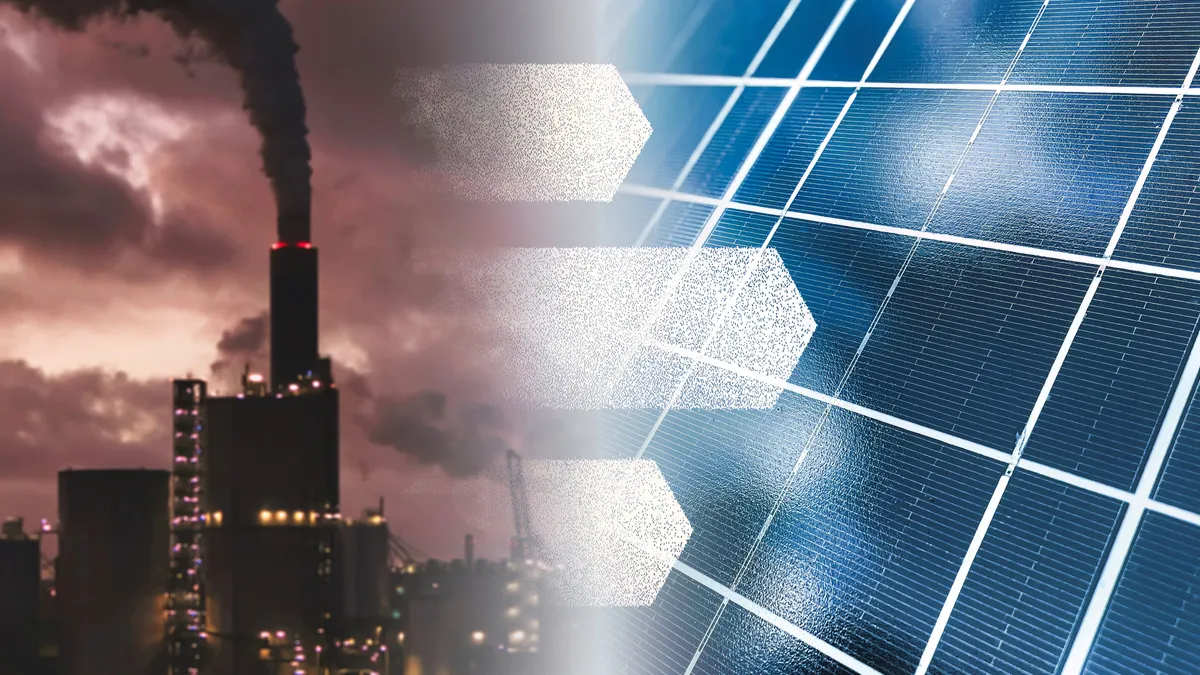As the Biden administration drafts a national definition for zero-emissions buildings, industry stakeholders have until Feb. 5 to provide information for Part 1, which addresses operational emissions, according to a Jan. 3 news release from the U.S. Department of Energy’s Building Technologies Office.
Responses to the request for information will help frame a zero-emissions definition that will serve “as a clear market signal and consistent target, backed by measurable data, to help move buildings toward zero emissions goals,” the BTO said. It is seeking input from industry, academics, research labs, government agencies and others, per the release.
As White House National Climate Adviser Ali Zaidi announced in late September, the administration plans to base Part 1 of the definition of what constitutes zero building operational emissions on three pillars: an adherence to energy efficiency guidelines, the use of 100% clean energy and zero on-site emissions generation from energy use. The BTO noted that it expects leading green building programs to embed the definition within their certifications.
Reducing a building’s whole life cycle emissions also involves minimizing the building’s embodied carbon and mitigating the impact of refrigerants – topics the BTO says it may address “in parts of the definition that will be released at a later date.”
To meet the energy efficiency requirement, the draft definition would require an existing building’s energy performance to position it within the top 25% of the market for buildings with a similar use. The definition states that an Energy Star score of 75 or higher, or a measured whole building energy use intensity at least 35% better than the median EUI, will meet these criteria.
For new buildings, the draft defines “highly energy efficient” as whole building energy use that is at least 10% lower than the energy use according to the latest International Energy Conservation Code or the ASHRAE 90.1 model code. It states that buildings must be designed to achieve energy performance in the top 10% of similar buildings, equating to an Energy Star score of 90 or higher.
To meet the requirement of being powered by 100% clean energy, a building’s emissions must equal zero through any combination of on-site and off-site clean energy, the definition says. Qualified renewable power procurement should meet the requirements of ASHRAE Standard 228’s sections 8.3 to 8.5, the U.S. Environmental Protection Agency’s Green Power Partnership guidelines or be green-e certified and surplus to regulation, if the building is using a 100% green power product. Additionally, district energy must be generated from clean, emission-free sources, the draft states, noting that carbon offsets do not qualify as meeting the definition.
The national definition will provide a framework that creates a “standardized, consistent and measurable basis” for zero emissions buildings, offering builders and designers “multiple pathways” to cut emissions from buildings through their design and operations.
“Having a definition doesn’t directly affect what a specific building will have to do or not do to decarbonize,” Elizabeth Beardsley, senior policy counsel at the U.S. Green Building Council, said in an interview. The significance of this definition lies in the potential for its widespread adoption, she said, noting that it could lead to an emergence of green banks if it becomes a standard. The definition, she explained, could influence financial incentives and support mechanisms coming from these green banks, encouraging projects such as retrofits of existing buildings to follow environmentally friendly practices and accelerate progress toward decarbonization.













